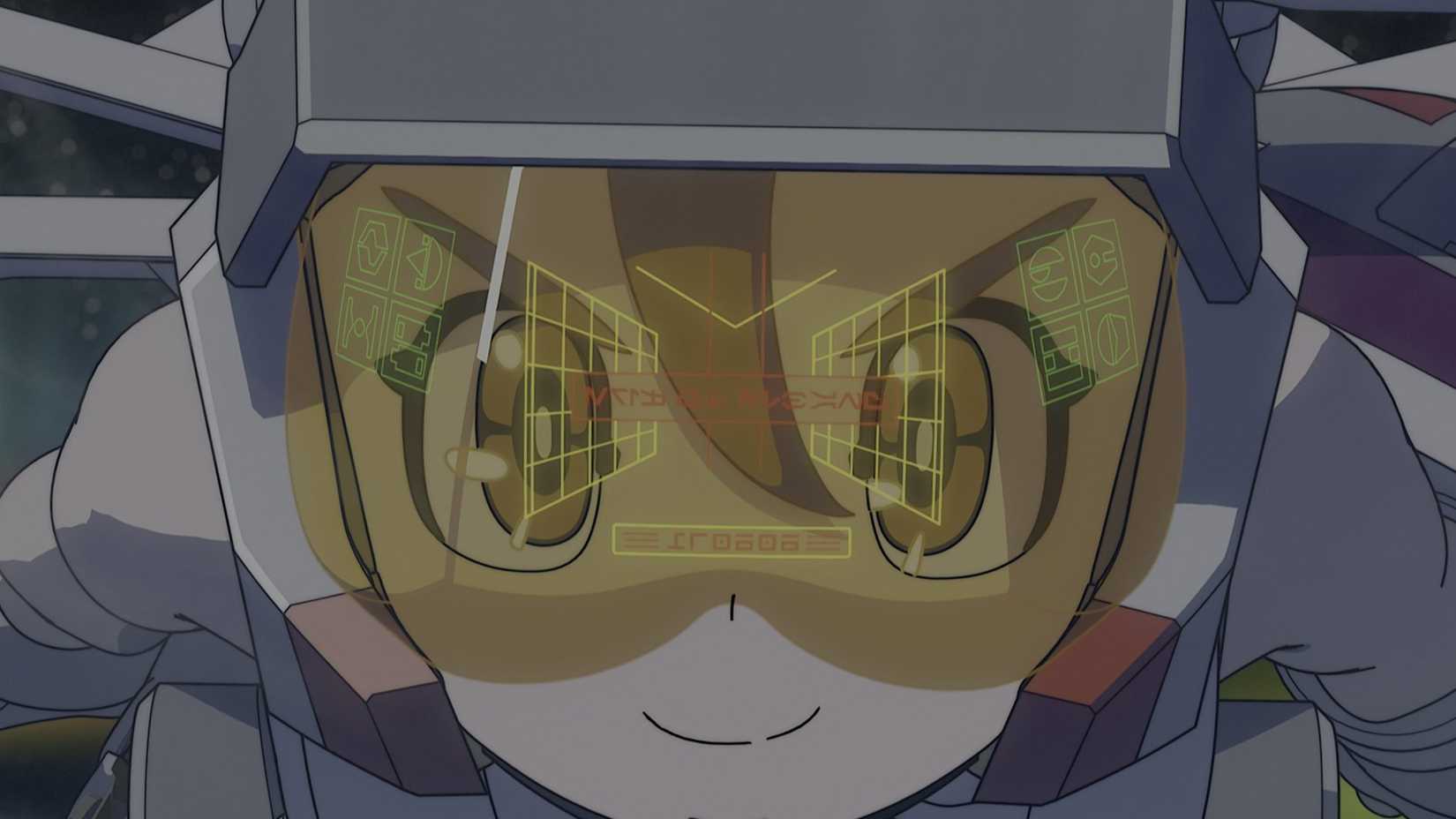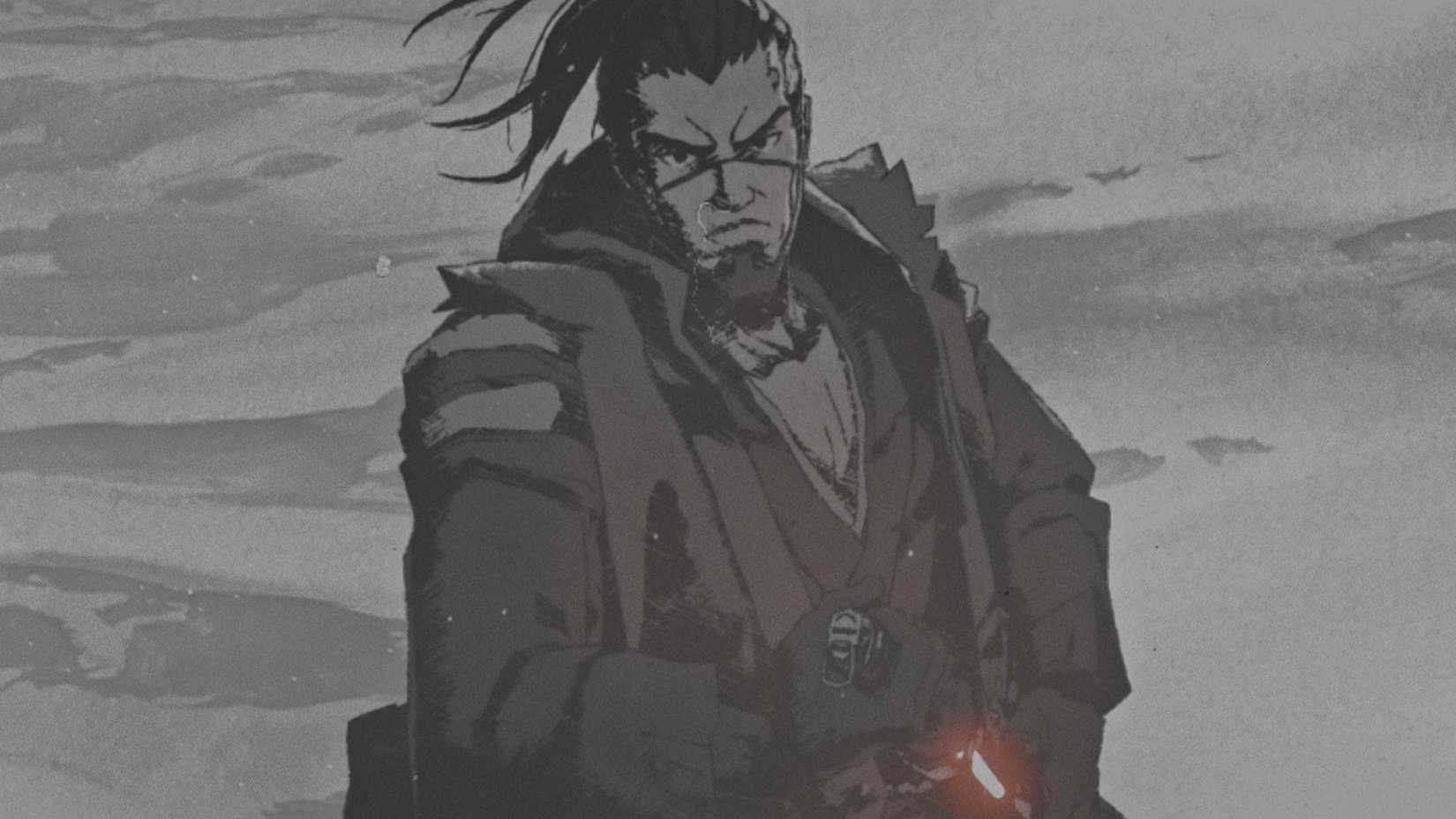With its rise as a brand, Star Wars as a work of art has diminished increasingly over the past few years. Under Disney’s command, so little of the experimentation and wild worldbuilding that once existed is still there. The few attempts to pursue those avenues are canceled, or handed over to someone with no real vision (as we all saw with the nightmare that was The Rise of Skywalker), always in favor of maintaining a mediocre status quo, akin to The Mandalorian. But there is one perpetually rewarding work of art that has come from Disney’s Star Wars over the last few years, and its name is Visions.
Rather than trying to keep milking the same narratives and characters, Star Wars: Visions allows a wide variety of creative teams to explore the extended universe with seemingly little to no interference or stipulations. Each volume not only allows a number of studios the chance to create their own stand-alone works within that galaxy far, far away, but also to explore beyond the characters we’ve all grown accustomed to. And, best of all, it’s a showcase for animation—the medium in which Star Wars seems to flourish best.
Visions Volume 3 returns to the same approach as Volume 1, hiring Japanese animation studios to produce shorts, with Volume 2 expanding internationally to include studios like Aardman, Cartoon Saloon, and Triggerfish. Returning from Volume 1 are Kamikaze Douga, Studio Trigger, Kinema Citrus, and Production I.G. They’re joined by new additions ANIMA, Project Studio Q, WIT STUDIO, Polygon Pictures, and david production.
Right off the bat, it’s worth noting that Volume 3 of Visions may very well be its best yet, with not a single short in the bunch of nine worth tossing aside. Even at its weakest, there’s still some beauty to be found within individual works. In Tadahiro “Tady” Yoshira’s episode, “The Bird of Paradise,” the typically internal spiritual trials of a Jedi get the maximalist treatment through shockingly appealing 3DCG animation. The bursts of color that exist within both its more serene beats and its action scenes make it easier to overlook the pacing and flimsy scripting.
Though Visions is overall too reliant on featuring Jedi in most shorts, it’s refreshing to see that every single returning studio has honed their craft and storytelling. Masahiko Otsuka of Studio Trigger, who directed one of Volume 1’s worst episodes, “The Elder,” returns with an unrelated short about a smuggler. In “The Smuggler,” the action is still as clean as ever and the pacing isn’t the slog it once was, so that the episode functions as something of a mid-tier pilot for what could become an interesting ongoing series.
One of the direct sequels, Production I.G’s “The Ninth Jedi: Child of Hope,” continues the tale of the burgeoning Jedi Kara as she is thrust into her own solo journey. It’s the most typical of the three returning narratives, almost coming across like a speed-run of the expected Star Wars feature film beats, but charming character designs and interaction go a long way. The same counts for both of the original shorts, Project Studio Q’s “The Song of Four Wings” and WIT Studio’s “The Bounty Hunters.” Both of these are fun, to be clear, and the predictability of their scripting is overcome by the incredibly engaging fight sequences. “Four Wings” especially stands out in that regard, with an extended AT-AT combat set piece that rivals the beauty of any mecha anime.
With those five out of the way, it’s time to discuss the four best films of Visions’ third volume—two that serve as direct sequels and two that are wholly original. Kinema Citrus Co. can proudly boast about being in charge of two of these: “Yuko’s Treasure” and “The Lost Ones.” The former, directed by Masaki Yachibana, is in a similar vein as Volume 1’s “T0-B1” and “Tatooine Rhapsody”—the kind of short film that reinvigorates the childlike wonder that Star Wars once offered. It isn’t just because the short focuses on two children and a droid trying to survive the pirates eager to use them, but in the way that it balances those childish designs and goofiness with the violence inherent to coming of age on Tatooine.
“The Lost Ones” deserves just as much praise, though it cannot be discussed without referencing Volume 1’s “The Village Bride,” also directed by Hitoshi Haga. What makes his two shorts stand out is the way he focuses on world building rather than a typical narrative, each one giving a glimpse at life outside what one expects from a lone Jedi. Though “The Lost Ones” leans into some classic good-versus-evil beats, it’s clear that Haga is more interested in the human beings that have to exist on the periphery of this constant fighting. Where “The Village Bride” was about traditions and explicitly exploring how war (and those who seek to abuse power) impacts these communities, Haga’s second short follows suit by honing in on how planets are exploited for carbonite, how propaganda has impacted children trying to stay alive, and how a Jedi can avoid influencing others in a way that befits those they fight against.
The other sequel of the collection, “The Duel: Payback,” brings Takanobu Mizuno back to the inspired alt-history tale he presented in Volume 1. Both shorts are clearly inspired by the same Japanese films that once inspired George Lucas, down to touting faux-film scratches and impeccable black-and-white design and shading (a glowing example for the people who so poorly designed Ghost of Tsushima’s “Kurosawa Mode” as a grey-ish filter). But “Payback” builds exquisitely upon “The Duel,” not just in expanding its action beyond guns and sabers—all of which are still splashes of color that contrast the B&W beautifully—but in fleshing out the existing narrative to make room for more characters.
Those characters are accompanied by some truly imaginative designs, and the fights are as inventive as the ways in which existing bits of science fiction are blended into the Feudal-era scenario. It may even mark the most successful attempt at making the Ewoks cool as hell (simply because there isn’t a single uncool person in this world). Where “The Lost Ones” and “The Village Bride” are framed around looking in on these communities, “The Duel” and “Payback” are for those who want to be thrust into the fight.
Shinya Ohira’s “BLACK,” the final short in the bunch, will undoubtedly be a divisive one—embracing the avant-garde enough that anyone without a penchant for experimental jazz and animation might recoil—but it is easily the most inspiring piece of animation to come out of Disney in ages. In the same way that Walt once imagined people playing with surrealism and sound through works like Fantasia and The Three Caballeros, Ohira’s short treats us to an engrossing assault on the senses. Modern vocabulary can barely describe the way Ohira wordlessly drags the viewer into the depths of a haunted, war-torn mind; everything in the animation is in service of conveying the sensations of horror and brutality, and of hope and survival, in the midst of battle. “BLACK” is exactly the kind of magical and unconventional work we should be begging for in the realm of the anthology, as well as a perfect antithesis to the relative conventionality of every short that came before it.
That we’re lucky enough to keep getting nine new Star Wars animated shorts every other year is a blessing, made better by the fact that Disney seems truly intent on allowing these creatives the liberty to play within the franchise sandbox (even if the stories are technically “non-canonical”). And that four of these—a single sequel and three originals—are genuinely great short films, and not just great Star Wars entries, is nothing short of a miracle. This is precisely the kind of project that Disney should be funding and prioritizing, as shorts are one of the best places to discover a wide breadth of talent. We can only hope that every other year will bring us more animated tales from studios across the world.


